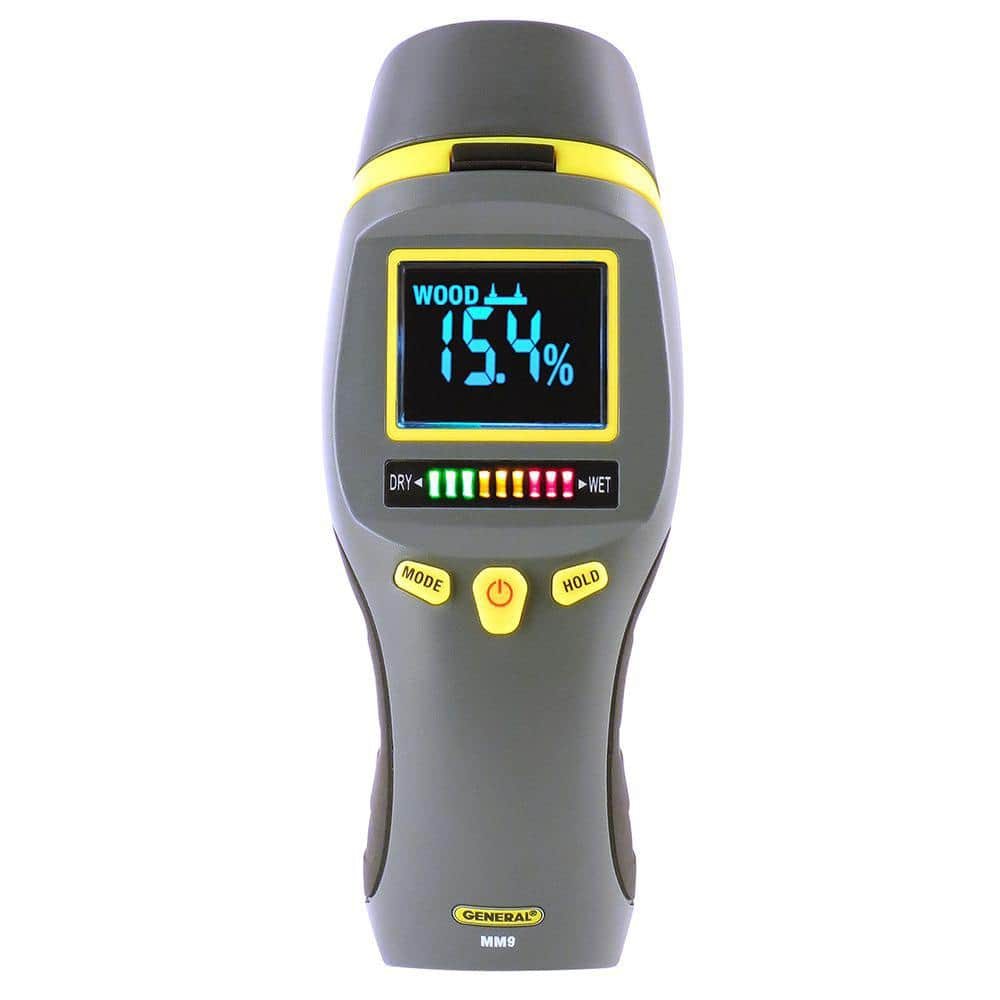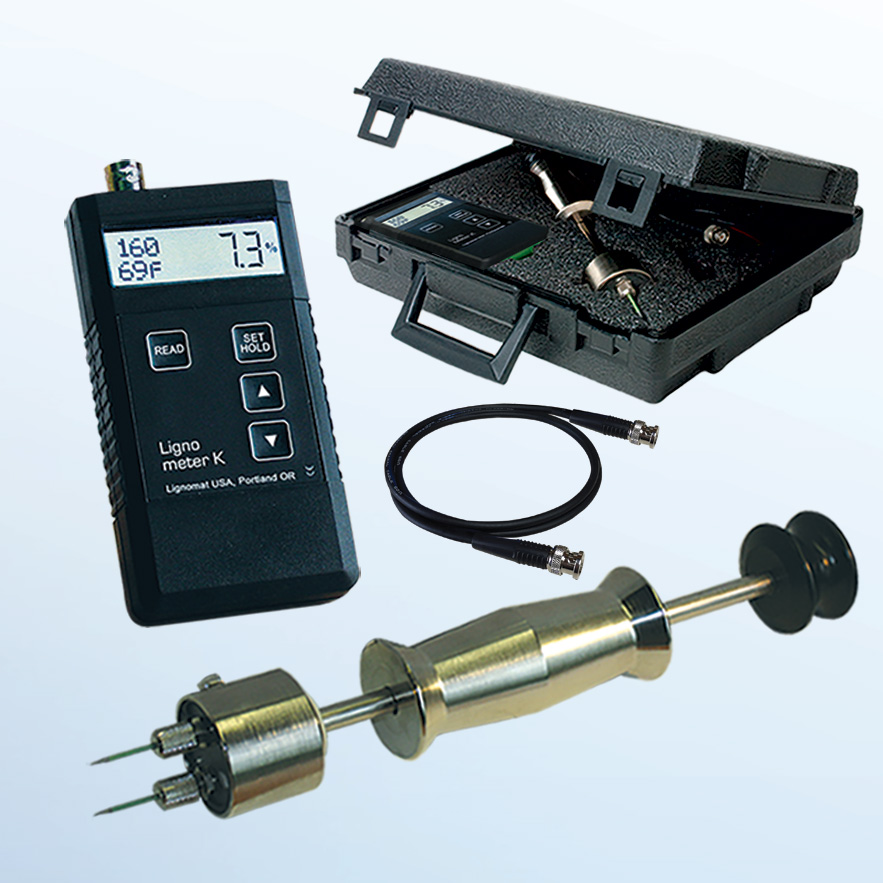Exactly How a Moisture Meter Can Assist You Keep Optimum Problems in your house or Workplace
Exactly How a Moisture Meter Can Assist You Keep Optimum Problems in your house or Workplace
Blog Article
Delve Into the Globe of Moisture Meters: Whatever You Need to Know
In the realm of wetness meters exists a world of precision and usefulness that usually goes unnoticed. Understanding just how moisture meters run, the different types available, and their varied uses can shed light on their significance in ensuring top quality and performance.
Exactly How Moisture Meters Work
Moisture meters run by determining the electric conductivity or capacitance of materials to determine the wetness web content present. These meters are very useful tools across various industries, consisting of agriculture, woodworking, and construction. By using various approaches such as pin-type or pinless technology, wetness meters supply precise analyses that aid specialists make informed decisions.
Pin-type wetness meters work by placing the sharp pins into the material being checked. The electric conductivity between the pins is then gauged, with greater dampness degrees bring about raised conductivity. Moisture Meter. On the various other hand, pinless dampness meters make use of electro-magnetic signals to check a bigger location without creating any kind of damages to the product's surface. These meters are optimal for swiftly examining wetness degrees in big areas or completed products.
No matter of the approach utilized, wetness meters play an important role in preventing concerns such as mold and mildew growth, architectural damage, or item flaws triggered by excess dampness. Comprehending exactly how these meters job is crucial for making sure the quality and integrity of products in different applications.
Kinds Of Moisture Meters
Offered the vital role dampness meters play in various sectors, it is vital to comprehend the different kinds available to specialists for accurately analyzing wetness degrees - Moisture Meter. There are mainly 2 main kinds of wetness meters: pin-type and pinless wetness meters

On the various other hand, pinless wetness meters use electro-magnetic sensor plates to check a larger location of the product without triggering any kind of damage. This kind is suitable for promptly scanning big locations and is frequently utilized for flooring, walls, and ceilings. Pinless meters are hassle-free for taking readings on completed surfaces without leaving any type of visible marks.
Both kinds of dampness meters have their advantages and are selected based upon the particular demands of the job at hand. Recognizing the differences in between these types is vital for professionals to make precise wetness analyses.
Applications Across Industries
With diverse capabilities, moisture meters discover prevalent application across different sectors, assisting professionals in guaranteeing optimum problems for structures and materials. In the farming sector, wetness meters are vital for determining the moisture content in grains, seeds, and hay, making sure quality assurance and protecting against mold growth. Construction experts count on dampness more tips here meters to analyze the moisture levels in building products like drywall, concrete, and timber, which is important for keeping structural honesty and preventing issues like rot or mold. The flooring sector makes use of dampness meters to gauge the wetness material in subfloors before installing various floor treatments, protecting against pricey problems because of excess dampness. In the food sector, wetness meters are utilized to keep track of and manage moisture levels in products such as grains, nuts, and dried fruits to keep quality and high quality. Furthermore, moisture meters play an essential duty in the remediation and damage control market by helping specialists attend to and identify water damages in buildings promptly. Throughout these diverse sectors, wetness meters are essential devices for making sure the quality, safety and security, and long life of various products and products.
Tips for Making Use Of Moisture Meters
Make use of the dampness meter's calibration setups to make certain exact analyses when gauging the dampness web content in numerous products. Furthermore, make sure the meter is set to the correct moisture array for the product you are gauging to acquire the most accurate results.
When utilizing a pin-type moisture meter, insert the pins to the appropriate deepness suggested for the material being tested. This ensures that the dampness analyses are drawn from the appropriate depth within the material, giving an extra precise representation of its dampness material. For pinless moisture meters, remember to keep appropriate contact with the product's surface area to get dependable analyses.
Routinely examine and replace the batteries in your dampness meter to avoid imprecise readings because of low power. When not in use to extend its lifespan and keep its accuracy, Store the meter in a secure and dry place. By complying with these pointers, you can make best use of the browse around this site performance of your wetness meter and obtain exact dampness content measurements across various products.
Maintenance and Calibration
To make certain the precision of dampness web content dimensions, routine upkeep and calibration of the wetness meter are necessary actions in its appropriate functioning. Calibration adjusts the moisture meter to ensure that it provides consistent and reliable outcomes.
Calibration must be carried out occasionally, particularly if the moisture meter is made use of frequently or in essential applications where exact measurements are needed. By adjusting the moisture and preserving meter routinely, customers can trust the precision of the moisture material dimensions acquired.
Verdict

In conclusion, wetness meters play a crucial function in different sectors by precisely measuring the wetness web content of materials. Recognizing how these devices function, the various types offered, and proper upkeep and calibration are important for acquiring reliable outcomes. Whether in More Help farming, manufacturing, or construction, the use of wetness meters helps make sure quality control and effectiveness in procedures.

In conclusion, wetness meters play a vital function in various sectors by accurately gauging the wetness web content of materials.
Report this page